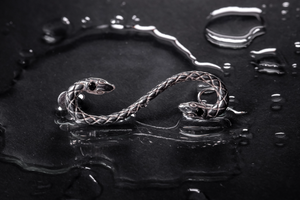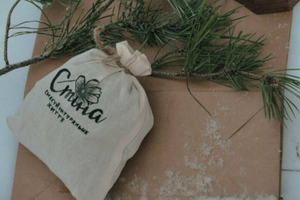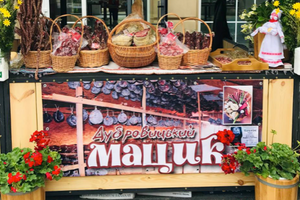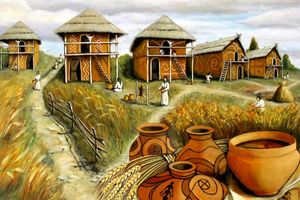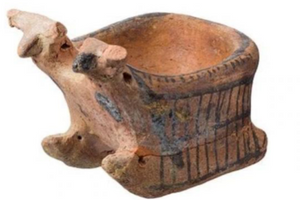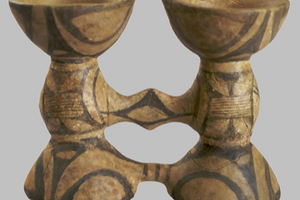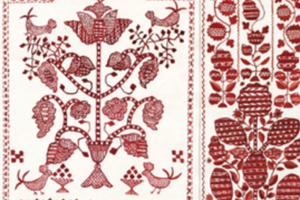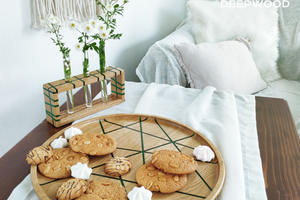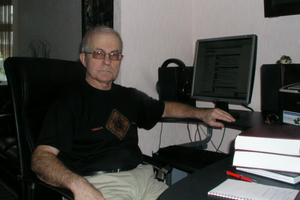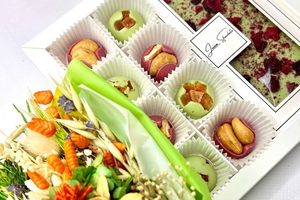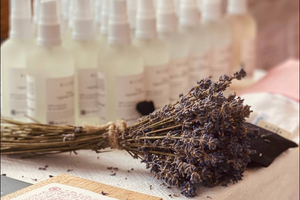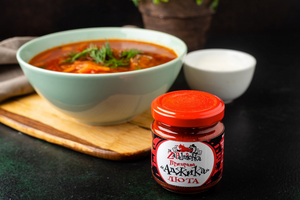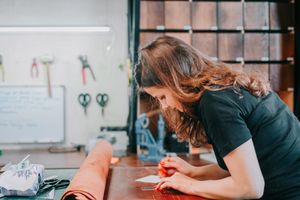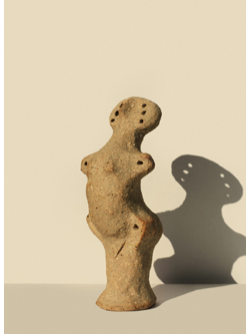
Trypil culture existed in the Copper Age-of the Stone Age and the beginning of the Bronze Age on the territory of modern Ukraine,Moldova and Romania. Its population was engaged in agriculture and cattle breeding. The people of Trypil were masters of crafts and ceramics. A distinctive feature of the culture is luxurious ornamentation and ceremonial figurines, among which a special place is occupied by statuettes of pregnant women.
The images of a pregnant woman in the artifacts of the Tryplian culture are amazing evidence of the spiritual wealth and cultural beliefs of the people of that time.
These images, showing the women's bulging bellies, who carry life in their wombs, have a deep symbolic meaning and played an important role in the religious rites and beliefs of the people of Tripoli. One of the main features of Tripoli culture-it is her religious complexity and belief in natural deities, which affected all areas of people’s lives. Pregnancy was perceived as a symbol of fertility, district'associated with natural cycles.Women played a special role in the traditional culture of Trypils, as a mother, daughter and wife, and the image of a pregnant woman became the embodiment of all this power and greatness.
Found statuettes of pregnant women testify to a high level of art and expressive symbolism.
Many of them have an anthropomorphic character, that is, they try to depict the divine in human form. Female statuettes of pregnant figures, made of clay, stone and bone, can be standing, sitting or lying down. Many of them were found in the ruins of residential buildings, which showsabout their religious significance in the life of Trypilians.
Various symbols can be seen on figurines of pregnant women, which reflect various aspects of female strength and fertility. Example, rhombus on the belly of the Goddess, divided into four parts with dots or grains, symbolizes the sown field and the harvest festival. Snakes, which wrap around the chest or belly of the Goddess, act as a talisman of pregnancy and symbolize vitality. Each sign had its own deep meaning, which floor associated with the worldview and beliefs of the people of Trypil. In addition, the artifacts found testify to the belief in female power and divine mother nature. The woman was personified as the earth alive with annual rhythms, and her pregnancy was likened to the ripening process of grain in the soil. The image of a pregnant woman was intertwined with various aspects of fertility, rebirth and feminine energy.
 Also, among the artifacts found, it is worth noting the statuettes, which depict two female figures. These models, maybe, symbolized a pair of goddesses, that cooperate in the production of life. They can represent the duality of feminine energy, which exists in all women, that carry life in their womb.
Also, among the artifacts found, it is worth noting the statuettes, which depict two female figures. These models, maybe, symbolized a pair of goddesses, that cooperate in the production of life. They can represent the duality of feminine energy, which exists in all women, that carry life in their womb.
In addition to religious significance, statuettes of pregnant women also reflected the social aspects of contemporary society. A woman in Tripoli culture had an important place as a mother, which carried in itself the continuation of the family and ensured the reproduction of Trypilians. Pregnancy and childbirth were important stages in a woman's life, which were reflected in various aspects of culture and art.
In the modern world, the found artifacts of the Tryplian culture remain not only important sources of archaeological research, but also symbols of female power and natural cyclicity. They remind us of the majesty and importance of women in traditional societies and create bridges between ancient beliefs and the modern world.
Conclusions, which can be made from the images of a pregnant woman in the Trypil culture, are extremely valuable for understanding ancient worldviews, beliefs and religious practices of the contemporary culture. The symbolism of the statuettes of pregnant women reflects a deep connection of man with nature, as well as her hope for fertility and prosperity.
So, images of a pregnant woman in the Tryplian culture are an important indicator of the mentality and worldview of the Tryplian civilization. They symbolize faith in feminine power and natural cycles, the role of a woman as a mother, daughters and wives. Trypil culture remains a magnificent testimony to the creativity and spirituality of the ancient culture, and images of a pregnant woman-they are symbols of life, fertility and rebirth.
Pregnancy, fetus, the natural cycle of life and death, a woman is like the earth, which gives rise to new life-these symbols became the basis of the matriarchy among the Trypians and then among other peoples and canons.Belief in the power of female energy and natural cycles helps maintain harmony with the surrounding world and recreate life for modern people. Love for mother, nature, work with the earth for like rest to harmonize energy levels, the so-called "grounding"-this is, which brings us back to ourselves, when we have a hard time.
The very thought of a new life, which continues, understanding the unceasingness of natural cycles, that in the code of all living things there is an attitude to life-it was worshiped by the Tripoli people and it can sustain people today.
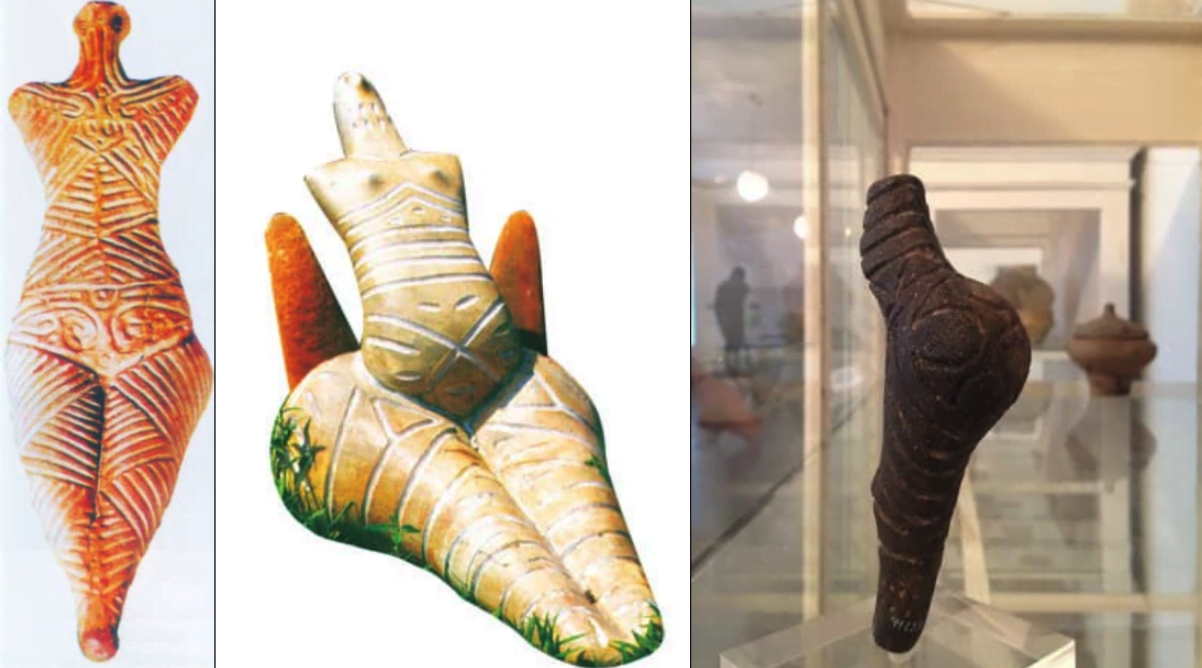
The information was collected by the editor Sofia Zabolotna
References:
